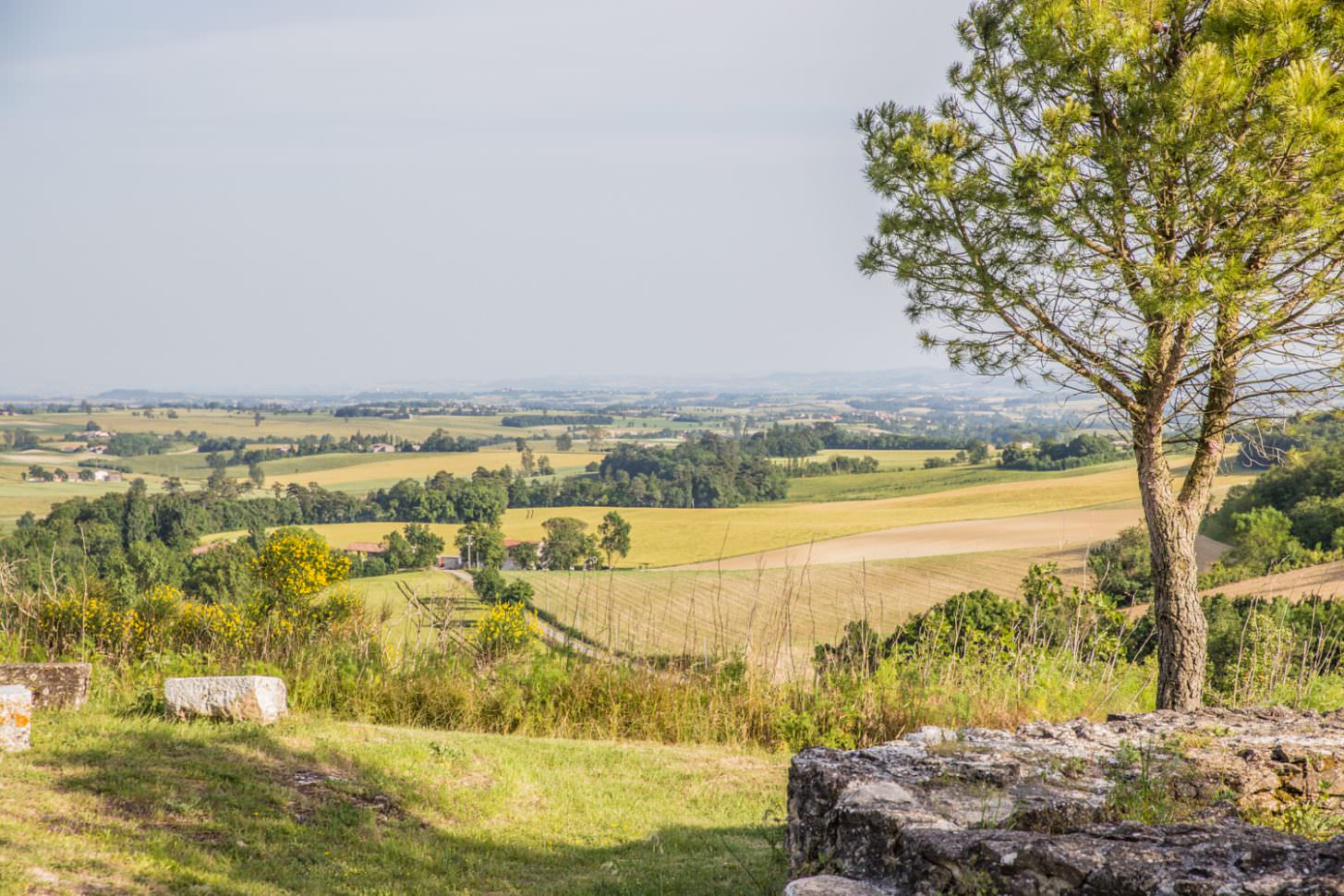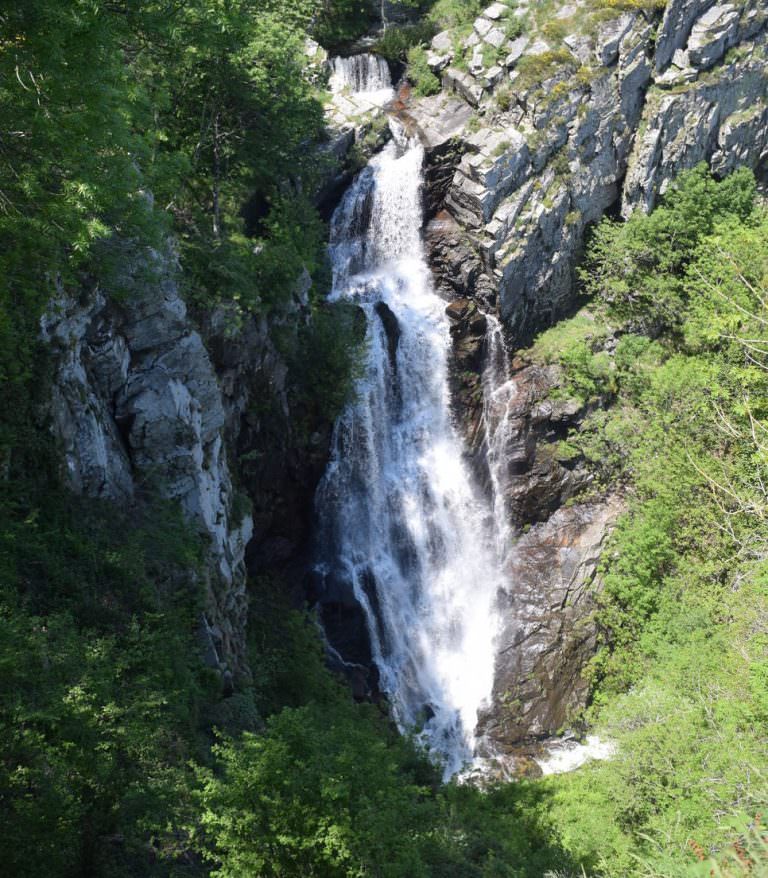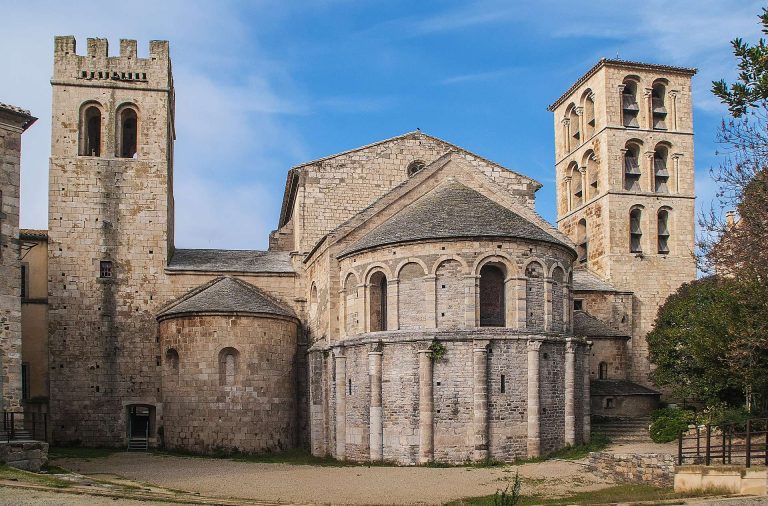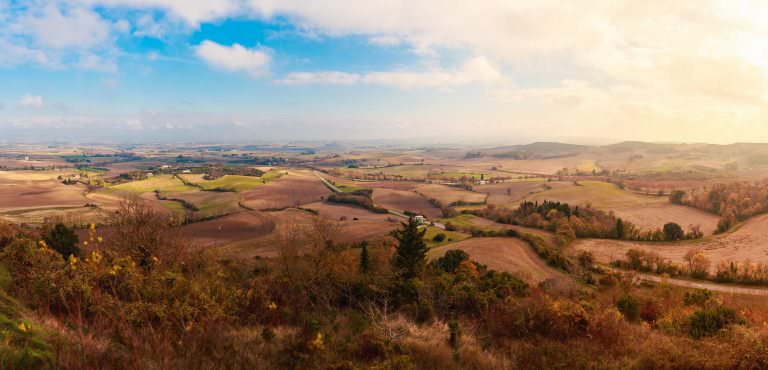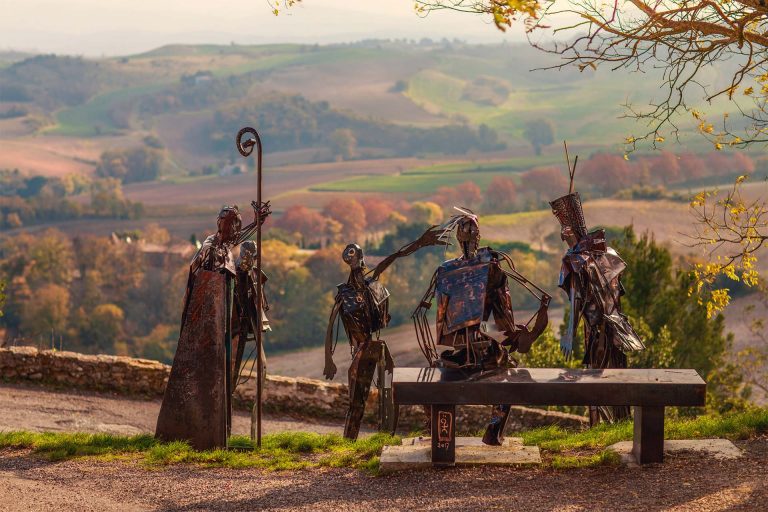This land of lush green meadows, majestic forests, lakes, Medieval castles (Lastours and Saissac), impressive caves (Cabrespine and Limousis) and the Montagne Noire, a mountain range whose summit, the Pic de Nore, rises to 1210 metres, is criss-crossed with hiking paths in every direction.
Carcassonnais, Lauragais
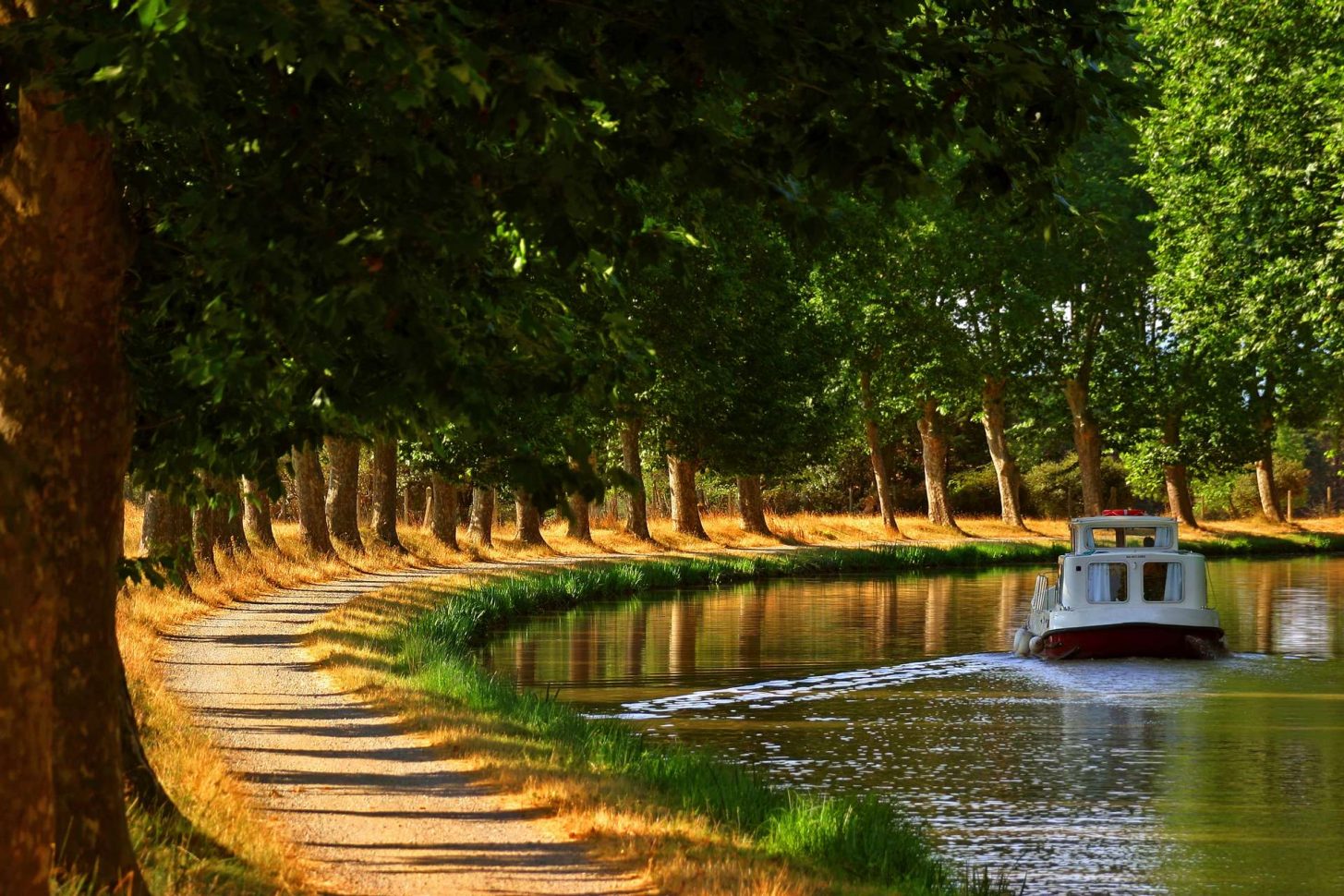
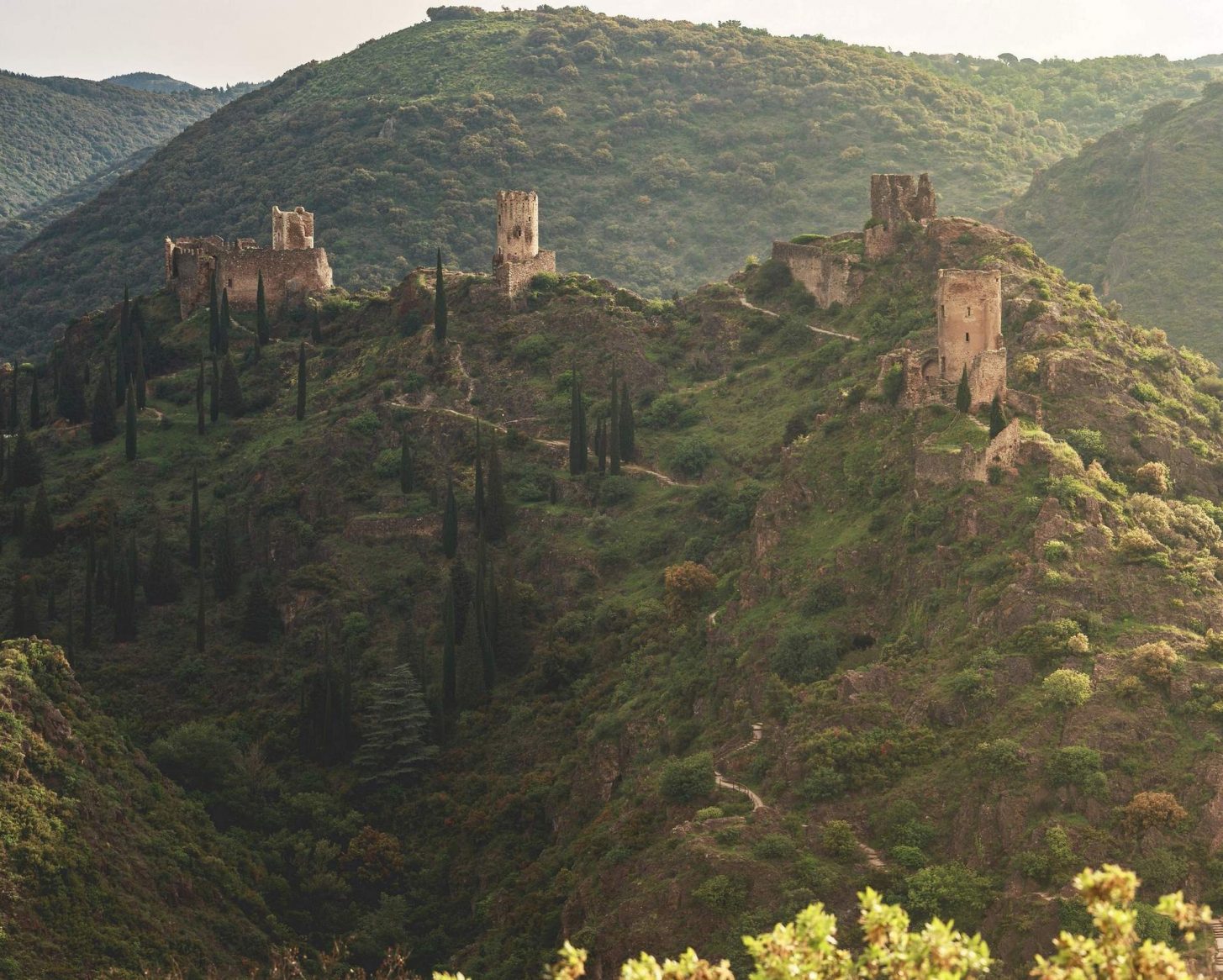
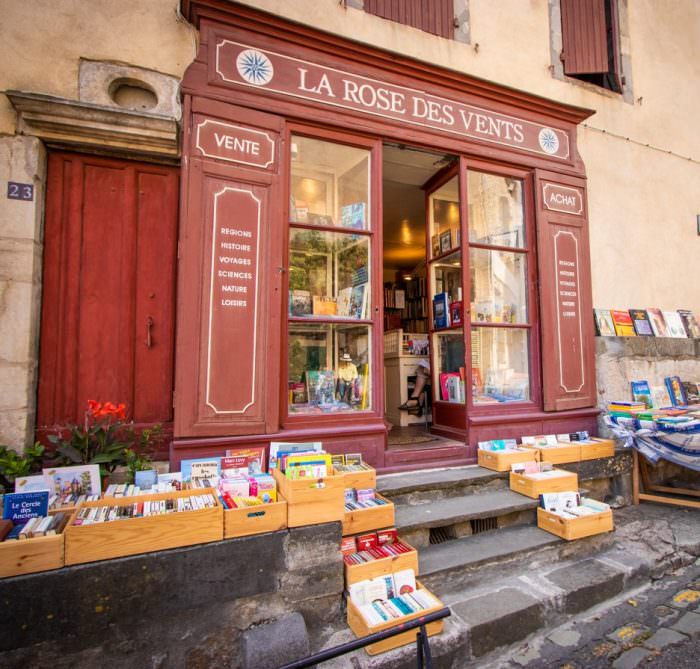
Montolieu, the “Village of Books”, is well worth a visit for its book shops (English books available!) and contemporary art exhibitions, while the village of Caunes-Minervois, the home of red marble, features private mansions from the Renaissance era.
Carcassonne is not to be missed by anyone visiting Aude. The perfectly preserved medieval citadel is a must-see for visitors from across the world, especially since it became a UNESCO World Heritage feature. The Bastide Saint Louis in the lower part of Carcassonne is also worth a visit for its private mansions, churches and chapels, and its port on the Canal du Midi.
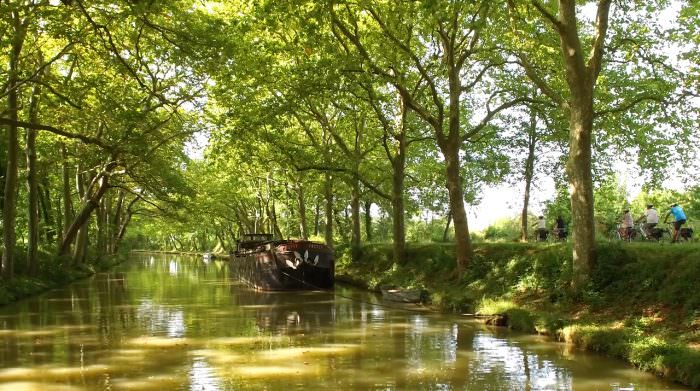
The Canal du Midi, which is also on the UNESCO World Heritage list, links together the Carcassonnais and Lauragais regions, which you can explore by canal boat.
Vineyard landscapes
The area around Carcassonne is home to 4 wine appellations, each with very different characteristics. This is a land where the art of living is reflected in the diversity of Aude’s wines, which you can explore via vineyard walks, wine cellar tours, tastings with the winegrowers, cultural activities and festivals.
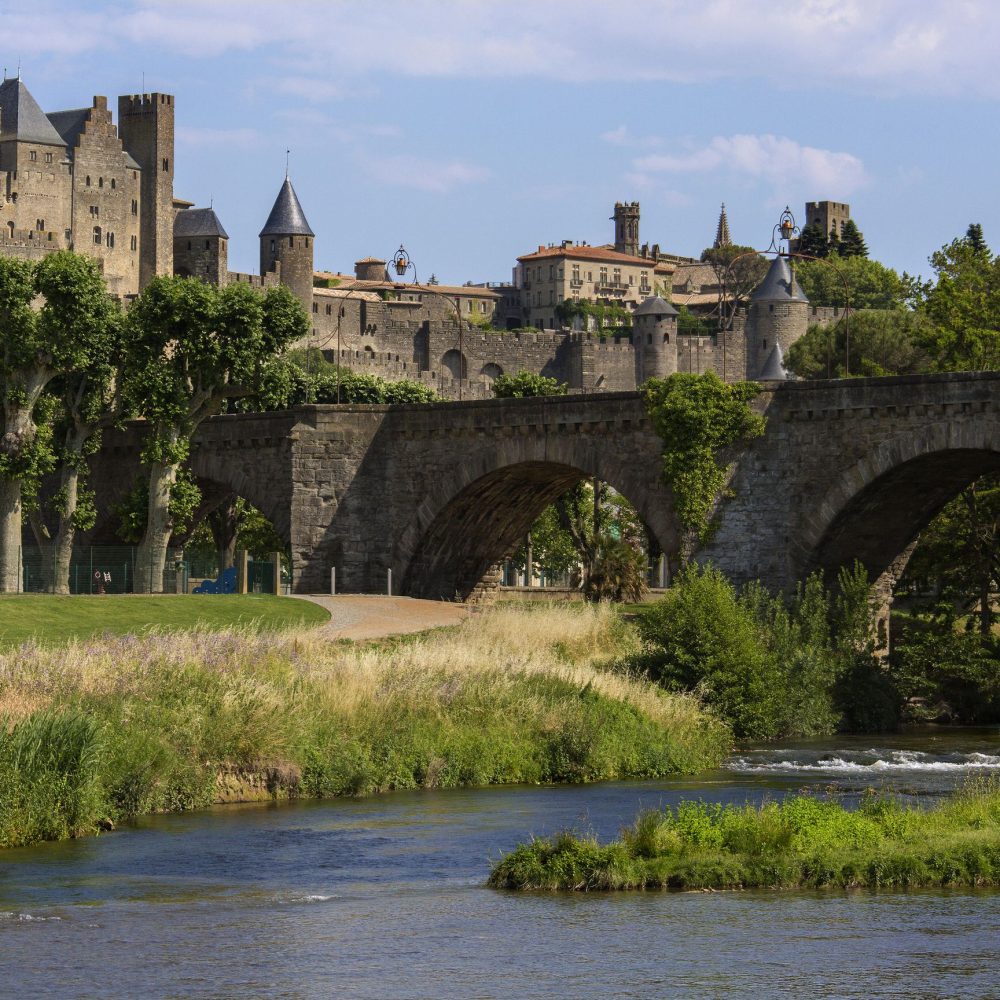
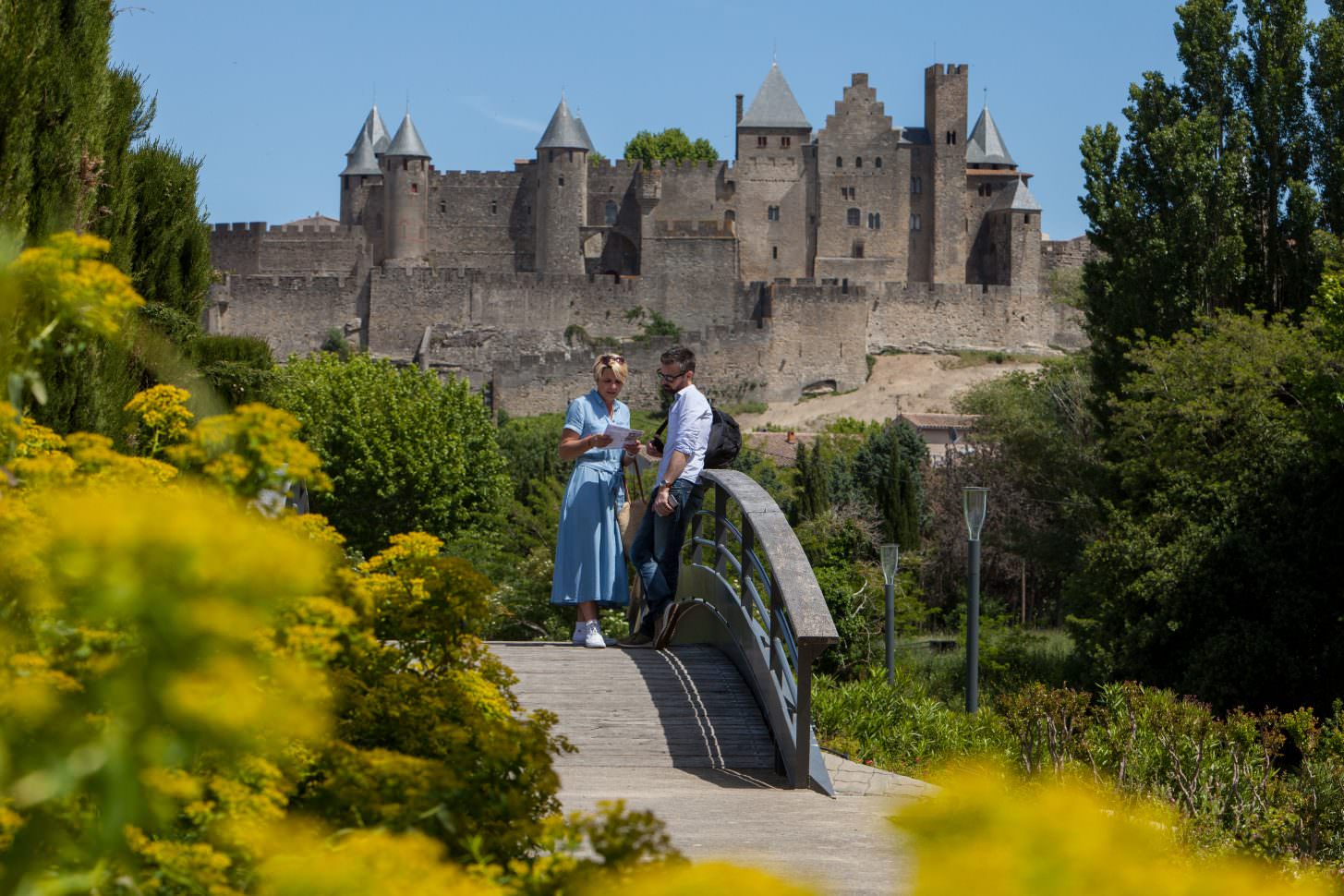
Lauragais audois
The hillsides and windmills of the Lauragais region are within easy reach of Toulouse to the west. Between fields of corn and sunflowers stand ancient Renaissance castles, the remains of the past wealth of Lauragais which lives up to its name of “Pays de Cocagne” (land of plenty).
Castelnaudary, the capital of this endearing region, is famous for its cassoulet, a delicious ancestral tradition that features in many a local event. Come and explore the Castelnaudary Cassoulet route and discover the tucked-away Romanesque abbey of Saint-Papoul, the medieval city of Fanjeaux, the Seuil de Naurouze watershed and the vineyards of the Massif de la Malepère.

Pays de Cocagne
Lauragais truly is the Pays de Cocagne (land of plenty)! A land of opulence where many families from Languedoc and Toulouse made their fortune from the cultivation of woad during the Renaissance period. The plant’s leaves were dried and rolled into balls to provide the whole of Europe with a unique blue dye. This plain little ball of leaves was called a “caucanha” in the Occitan language, or “cocagne” in French, which is how the region got its name. Pays de Cocagne, land of abundance where life is good...
